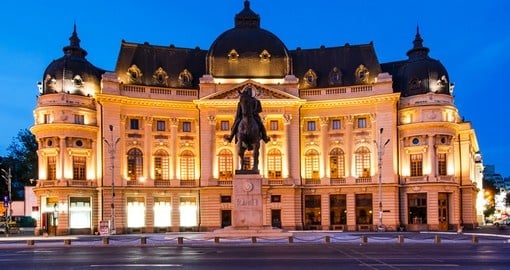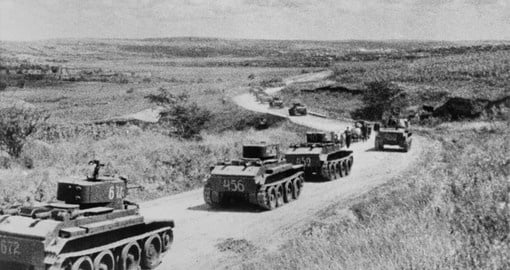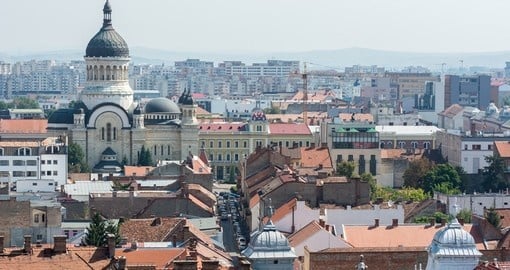Romania History
Historical evidence suggests that the earliest inhabitants of Romania were Thracian tribes. These tribes were Indo-European in origin, having migrated from Asia. By the 7th century BC, the Greeks began to establish trading colonies along the Black Sea, bringing western culture with them.
From the original Thracian tribes came a sub-group known as the Dacians. The Dacians came to occupy parts of modern-day Romania, and their king, Burebista (70-44 BC) created a very powerful kingdom. The goal of such a kingdom was to repel Roman threats that inevitably came. The Dacians were defeated by the Romans, which resulted in the Romans gaining control over the entire area. Cultures gradually began to mix and a new Daco-Roman group emerged.
From the 4th-10th centuries, several waves of migration came to Romania including Huns, Slavs, Bulgars and more. Despite the introduction of new peoples to Romania, the native populations became the only Latin people in the eastern part of the former Roman Empire. The 12th century witnessed Saxon settlers establish towns, while the 13th century saw Transylvania become an autonomous principality under the Hungarians.
In the 14th century, areas united to form Wallachia, the first Romanian principality. The principality of Moldavia was also established in the 14th century. Ruled by a prince, these two areas helped prevent the northern expansion of the Ottomans into the 15th century. Transylvania became a vassal of the Ottoman Empire following the Turkish takeover of Hungary. Transylvania was successful in maintaining its autonomy, and as a result, the city thrived.
Transylvania, Wallachia and Moldavia were united in 1600. This union came from Mihai Viteazul (Michael the Brave), the prince of Wallachia. While good in theory, the alliance did not last when Turkish and Hapsburg forces defeated it. The end result was the division of the three territories, with Transylvania under Hapsburg control, and Wallachia and Moldavia under Turkish control.
The 18th century marked the beginning of the Transylvanian desire to be politically free. By the 19th century, Transylvania got swept up in the revolutionary movement that was crossing Europe. Wishing to free themselves of the Hapsburg yoke, Romanian revolutionaries fought for freedom, equality, and the abolition of serfdom. This movement resulted in a civil war, but Romania came under Austro-Hungarian control. In 1861, the principalities became united and were renamed Romania the following year. Finally, in 1877, Romania declared independence from the Ottoman Empire.
Romania was initially neutral at the onset of the First World War, however, in 1916, the country declared war on Austria-Hungary with the goal of seizing Transylvania. At the end of the war, Romania gained quite a bit of territory, almost doubling its size and population. A royal dictatorship emerged late in the 1930s, and by 1940, German troops were allowed to enter Romania. General Antonescu, who had risen to prominence, formed an alliance with the Nazis that saw more than 200,000 Romanian Jews, and 40,000 Roma deported to concentration camps. In 1944, Romania changed sides, declaring war on Nazi Germany.
Following the war, membership in the Communist Party began to grow immensely. The monarchy was abolished and a Romanian People’s Republic was proclaimed. This resulted in a period of terror for many Romanians. From the 1960s into the 1980s, there were two Communist leaders, the latter of which, Nicolae Ceausescu formed a dictatorship. With the collapse of Communist regimes in 1989, Romanians united in protest against Communist leadership. A national uprising emerged, defeating Ceausescu.
In 1990, the country experienced its first democratic elections since 1946. When Emil Constantinescu came to power in 1996, his goal was to achieve NATO and European Union membership, which came in 2002 and 2007 respectively.
Get a Trip Quote Order a Brochure



















